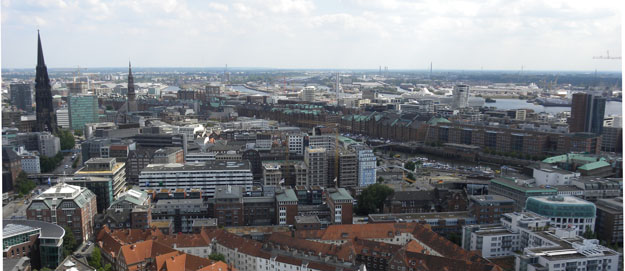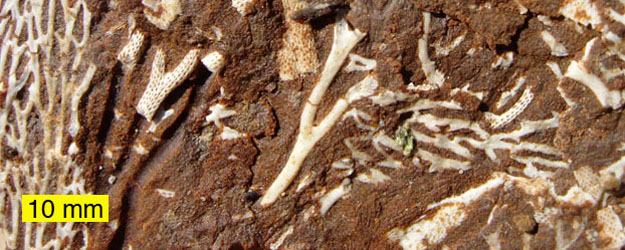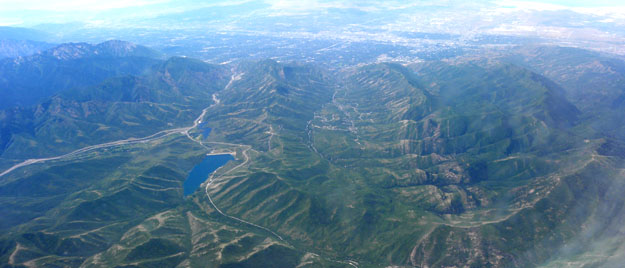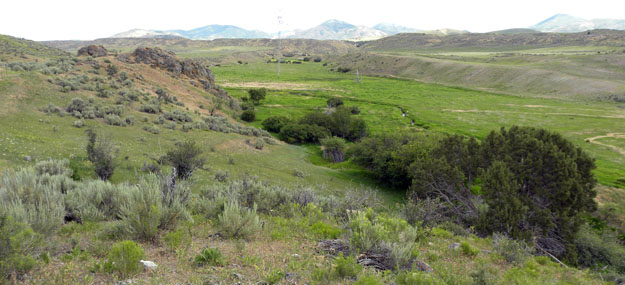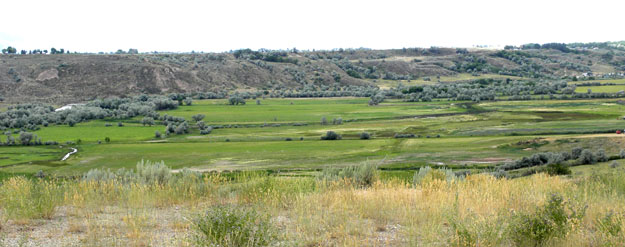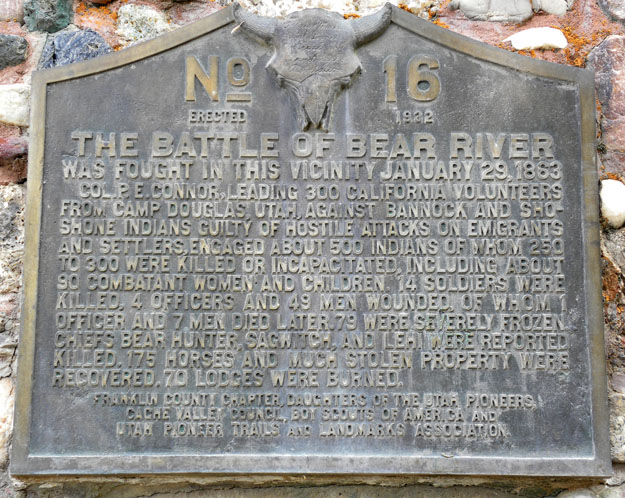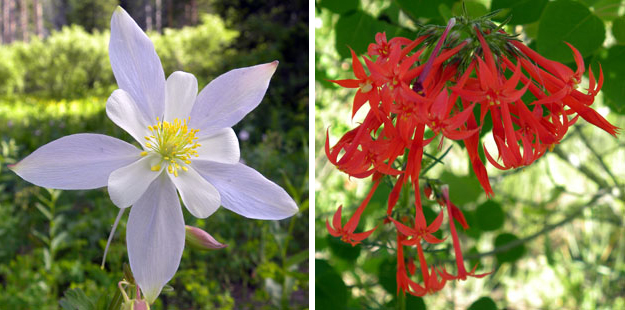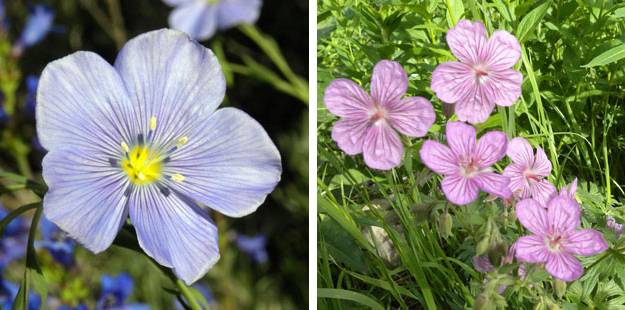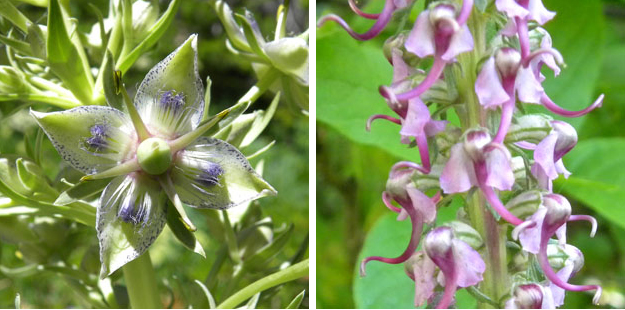
Trepostome ("stony") bryozoan on a carbonate hardground from the Kanosh Formation (Ordovician, Whiterockian) of west-central Utah.
KIEL, GERMANY–The first day of the International Bryozoology Association meeting is traditionally devoted to workshops where participants can listen to experts on a particular group, technique or idea and then ask questions, work out exercises, or study specimens. I went to the workshop on a group of extinct bryozoans called trepostomes. The Order Trepostomata usually produced thick skeletons of the mineral calcite so they are commonly known as “stony bryozoans”. They lived from the Ordovician into the Triassic, and then disappeared forever. They are a difficult group to work with because their diagnostic features are internal and microscopic (thus requiring thin-sections or acetate peels to identify) and the number of important defining characters is still debated. I went to this workshop because Ohio can be considered the Trepostome Capital of the World with its abundant and diverse varieties found in the Ordovician of the Cincinnati area. Any Wooster geology student who has taken the Invertebrate Paleontology course will remember the buckets of these fossils we’ve collected over the years on field trips.
Wooster played a small role in this workshop, to my delight. One of the interesting and somewhat odd trepostome bryozoan types is found in the Ordovician (Whiterockian) at a place called Fossil Mountain in the western desert of Utah. A generation of Wooster Independent Study students worked here with me studying carbonate hardgrounds and the fossils associated with them. We collected many examples of a strange bryozoan we called “Trepostome Species A” because we could not identify it. Later Andrej Ernst, Paul Taylor and I described it as a new genus: Kanoshopora. It is still odd with its variable walls and colony forms. This meeting may have stirred some interest in pursuing its functional morphology (essentially how it lived) and evolutionary placement. A nice contribution from those days in the late 20th Century when we walked up and down the sunny slopes of Fossil Mountain trying to sort it all out.





